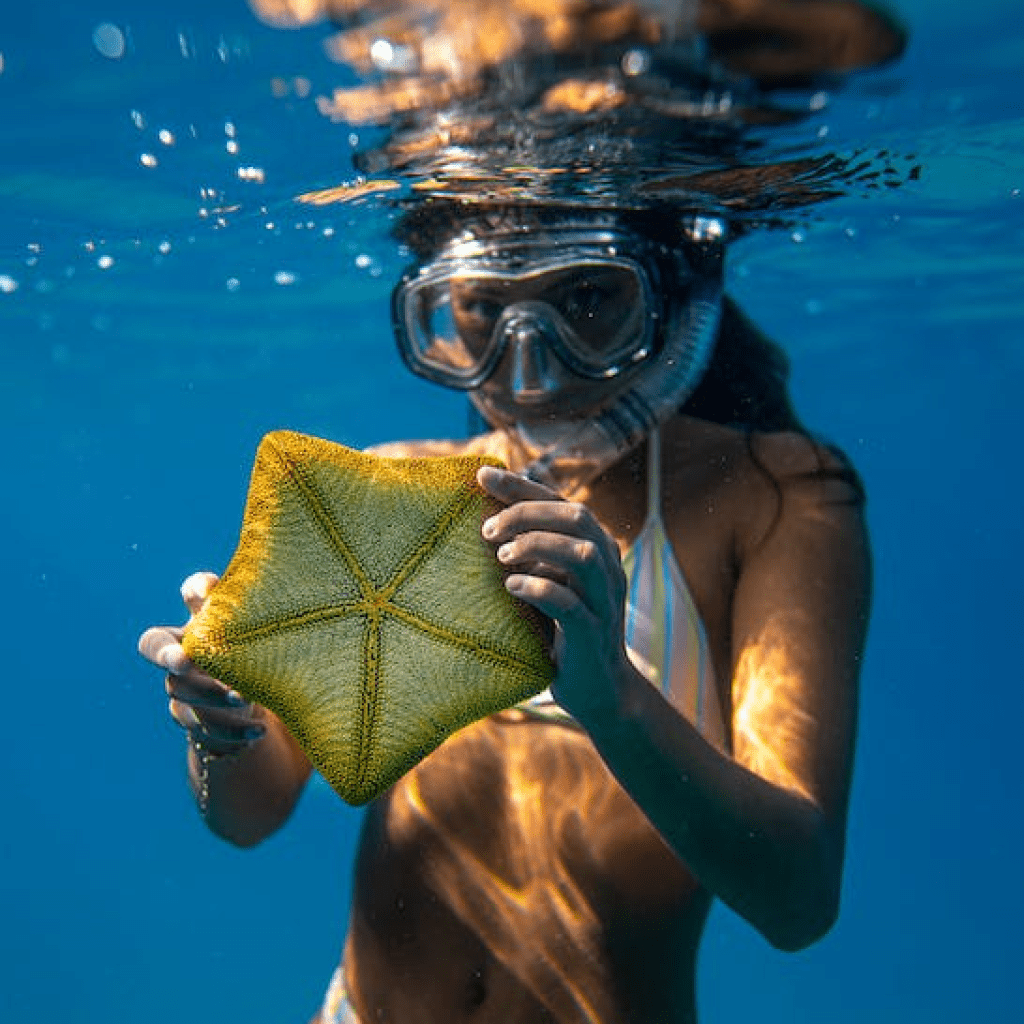
A simple day at the beach can be hazardous if one is not careful
The long summer months are upon us again with soaring temperatures and soaking humidity. A time when beaches and swimming pools top the list as hotspots for relaxation, along with endless water sports and activities.
The long summer months are upon us again with soaring temperatures and soaking humidity. A time when beaches and swimming pools top the list as hotspots for relaxation, along with endless water sports and activities.
However, a simple day at the beach can be hazardous if one is not careful. Maintaining safety minimises the chances of accidents. Most people might consider water activities or sports to be safe, but there are risks involved. Deep risks. One should never take safety for granted and be cautious at all times.
Drowning, for example, is one of the leading causes for water accidents and can happen in a matter of seconds. What makes it even more dangerous is that there is usually no noise to warn against impending trouble. Children are particularly susceptible to drowning because they do not associate water with danger.
Supervision
A temporary lapse in adult supervision is a common factor in most drowning and near drowning incidents. Children are not only at risk at public beaches, but also at home.
A few water safety rules that I personally follow:
– Learn to swim. It is the best way to stay safe in and around water. Enrol your children in swimming classes or educate them about the importance of water safety.
– Never swim alone, or in an unsupervised area. Do not assume your children can’t drown because they have had swimming lessons or are wearing flotation devices.
– In case your children go missing, report it to the lifeguard immediately.
– Obey warning signs around your area. Wear proper swimming attire.
– Don’t swim in bad weather. Always pay attention to local weather conditions and forecasts.
– Stay away from piers, pilling, and diving platforms when in water.
– Watch out for aquatic life. Water plants and animals can be dangerous.
– Don’t swim against water currents if caught in one. Swim gradually and across it.
– Don’t rely on lifeguards to supervise your children. They are responsible for overall safety of many people and cannot spend adequate time watching each child.
– Never allow your children to swim immediately after eating. Discourage them from faking a drowning incident as a false alarm may mask a real emergency and delay rescue.
– All swimming pools must be surrounded with barriers that are at least 1.7 metres high and have childproof gate latches.
Lastly, keep rescue equipment at hand. Guardians should learn cardiopulmonary resuscitation (CPR).
— The writer is a Gulf News reader.
Palitha Ariyarathna
Rescuer and Deep Sea Diver- Former Beach Filed Supervisor
